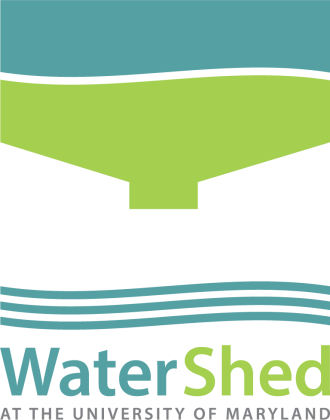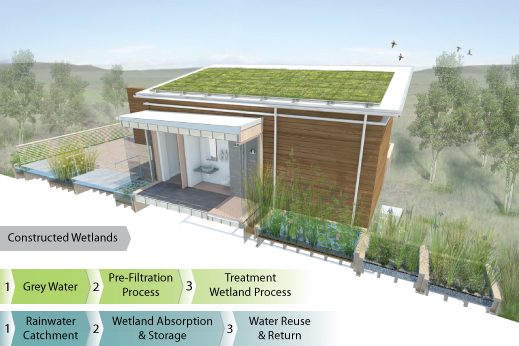Constructed wetlands are artificial filtration wetlands, which provide critical animal and plant habitat as well as mitigate impacts of waste water and storm water run-off. Pollutants are removed from the water when it flows through the wetland medium, where the roots and plant microorganisms are concentrated. A thin film around all of the root structures of the plants facilitates both aerobic and anaerobic processes that in turn metabolize, transform, and uptake pollutants and excess nutrients in the water. Treatment of wastewater or storm water by constructed wetlands can be a low-cost, low energy process requiring minimal maintenance and operation.
WaterShed’s filtration wetlands remove pollutants (such as soap) from grey water and are located to the west of the bathroom. Wetland plants are also used in WaterShed’s ‘retention wetlands’ in order to help keep the stored water clean.
WaterShed’s Wetland Plants
- Hardy Water Lily (Nymphaea odorata Aiton)
- Blue Flag Iris (Iris versicolor)
- Arrow Arrum (Peltandra virginica)
- Common Cattail (Typha latifolia)
- Pickerel Weed (Pontederia cordata)
- Common Three Square (Scirpus pungens)
- Swamp Hibiscus (Hibiscus coccineus)
To learn more about constructed wetlands, please check out this guide from the EPA on creating wetlands.
To learn more about wetlands, please check out these EPA wetlands fact sheets.

